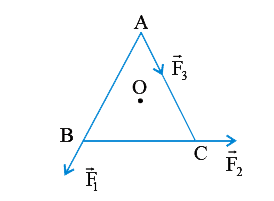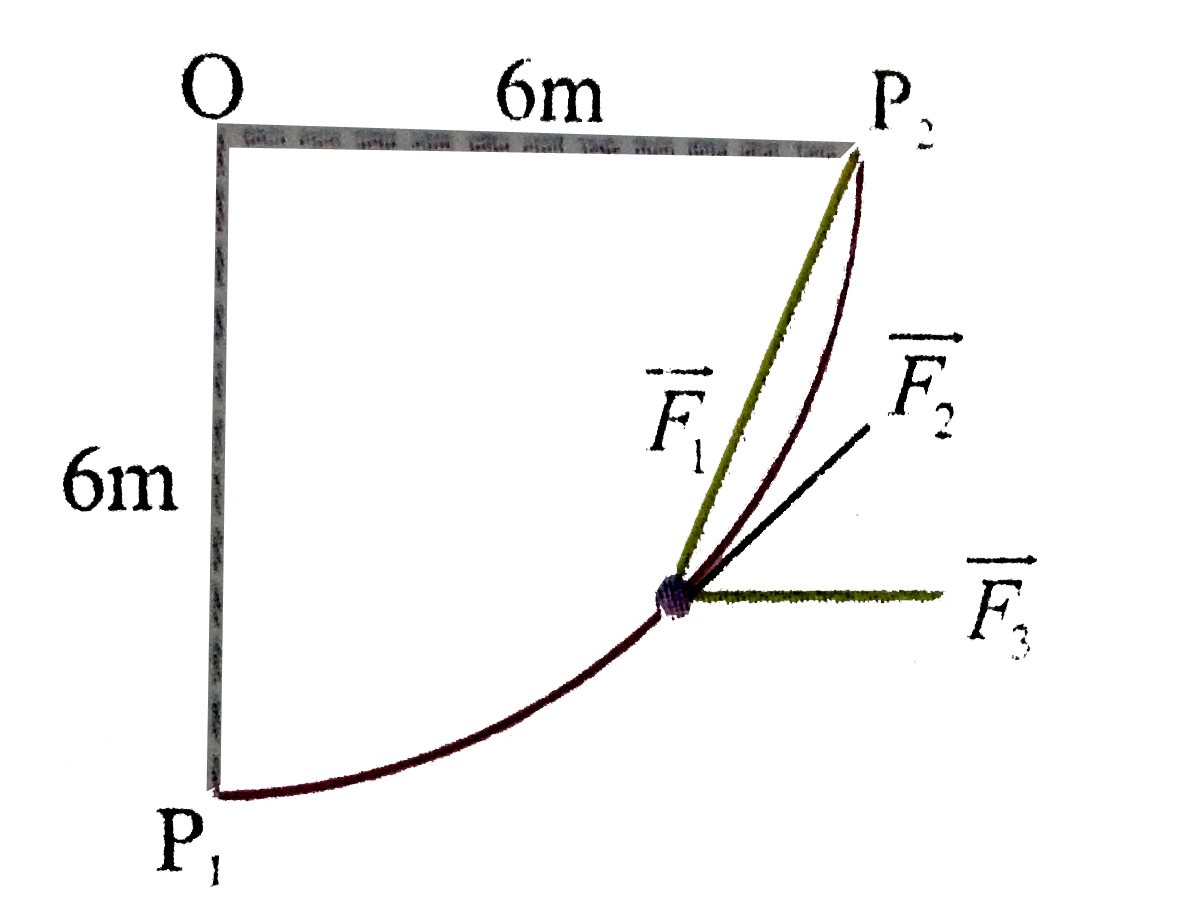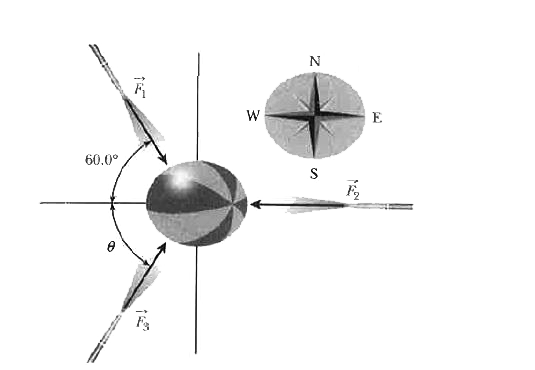A body is under the action of three forces →F1,→F2 and →F3. In which case the body cannot undergo angular acceleration ? .
−→F1,−→F2and−→F3 are concurrent
−→F1+−→F2+−→F3=→0
−→F1,−→F2 is parallel to −→F3 but the three forces are not concurrent
−→F1and−→F2 act at the same point but −→F3 acts at different point.
The correct Answer is:A
Step by step video, text & image solution for A body is under the action of three forces vecF_(1),vecF_(2) and vecF_(3). In which case the body cannot undergo angular acceleration ? . by Physics experts to help you in doubts & scoring excellent marks in Class 11 exams.
Topper's Solved these Questions
- BOOK - NARAYNACHAPTER - LAW OF MOTIONEXERCISE - EVALUATE YOURSELF - 211videos
LAW OF MOTION
- BOOK - NARAYNACHAPTER - LAW OF MOTIONEXERCISE - EVALUATE YOURSELF - 36videos
LAW OF MOTION
- BOOK - NARAYNACHAPTER - LAW OF MOTIONEXERCISE - EXERCISE - IV35videos
LAW OF MOTION
- BOOK - NARAYNACHAPTER - KINETIC THEORY OF GASESEXERCISE - LEVEL-III(C.W)52videos
KINETIC THEORY OF GASES
- BOOK - NARAYNACHAPTER - MATHEMATICAL REVIEW & PHYSICAL WORLDEXERCISE - C.U.Q13videos
MATHEMATICAL REVIEW & PHYSICAL WORLD
Similar Questions
If three forces −→F1,+−→F2and−→F3 are represented by three sides of a triangle and −→F1+−→F2=−−→F3 , then these three forces are concurrent forces and satisfy the condition for equilibrium .
Statement II : A triangle made up of three forces →F1,→F2and→F3 as sides taken in the same order ,satisfy the condition for translatory equilibrium . In the light of the above statements ,choose the most appropriate answer from the options given below :View SolutionABC is an equilateral with O as its centre →F1,→F2 and →F3 represent three forces acting along the sides AB, BC and AC respectively. If the total torque about O is zero then the magnitude of →F3 is :
 View Solution
View Solution
Knowledge Check
- Question 1 - Select One
A body is inequibrium under the action of three coplanar forces, then
Athey must act in a straight lineBthey must meet in pointCtheir horizontal and vertical components must be equalDnone of these - Question 2 - Select One
A body is under the action of two equal and oppositely directed forces and the body is rotating with constant non-zero angular acceleration. Which of the following cannot be the separation between the lines of action of the forces ?
A1 mB0.4 mC0.25 mDzero - Question 3 - Select One
A body under the action of several forces will have zero acceleration
AWhen the body is very lightBWhen the body is very heavyCWhen the body is a point bodyDWhen the vector sum of all the forces acting on it is zero
A body is at rest under the action of three forces, two of which are →F1=4ˆi,→F2=6ˆj, the third force is
View SolutionThe resultant of the forces →F1=4ˆi−3ˆj and →F2=6ˆi+8ˆj is
View SolutionA smooth track in the form of a quarter circle of radius 6m lies in the vertical plane. A particle moves from P1 to P2 under the action of forces →F1,→F2 and →F3 Force →F1 is 20N, Force →F2 is always 30N in magnitude. Force →F3 always acts tangentiallly to the track and is of magnitude 15N. Select the correct alternative (s) :
 .View Solution
.View SolutionAt a picnic, there is a contest in which hoses are used to shoot water at a beach ball from three directions. As a result, three forces act on the ball, →F1,→F2and→F3 (see the drawing). The magnitudes of →F1and→F2=50.0NandF2=90.0N. Using the graphical technique, determine the angle such that the resultant force acting on the ball is zero.
 View Solution
View SolutionTwo forces →F1and→F2 are acting at right angles to each other, find their resultant ?
View Solution

